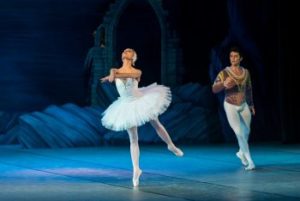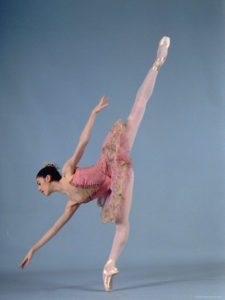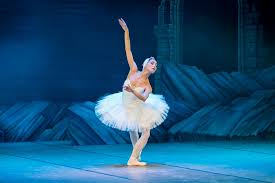 As a beginning dancer, you have to work very hard to become good at the dance steps. It requires endless hours to perfect most moves and even a skilled dancer may have to work hard to keep doing it well. However, with the complication of learning to dance, you must also learn the many words that tell you what the instructor is hoping to see you practice on. This means that many dancers spend almost as much time practicing foot pronunciation as they do learning their routines.
As a beginning dancer, you have to work very hard to become good at the dance steps. It requires endless hours to perfect most moves and even a skilled dancer may have to work hard to keep doing it well. However, with the complication of learning to dance, you must also learn the many words that tell you what the instructor is hoping to see you practice on. This means that many dancers spend almost as much time practicing foot pronunciation as they do learning their routines.
What is Foot Pronunciation in Dancing?
 The word “foot” itself is not difficult to say. However, the words for what your foot may be doing when you are dancing is a different story. Whether you are perfecting the “fondu” which is simply lowering you body by bending at the knee, or the “demi-plie”, which is also bending at the knees; it will be vital that you know how to say them and know what they mean in a dance class. The type of dance that you are doing may also impact the types of words that you need to know. Fondu is a basic dance term, and the demi-plie (deh-mee’-plee-ay) is most often a ballet term. This is why many people say that dance is as much about the words as the steps and the music.
The word “foot” itself is not difficult to say. However, the words for what your foot may be doing when you are dancing is a different story. Whether you are perfecting the “fondu” which is simply lowering you body by bending at the knee, or the “demi-plie”, which is also bending at the knees; it will be vital that you know how to say them and know what they mean in a dance class. The type of dance that you are doing may also impact the types of words that you need to know. Fondu is a basic dance term, and the demi-plie (deh-mee’-plee-ay) is most often a ballet term. This is why many people say that dance is as much about the words as the steps and the music.
Why Words Matter?
Whether you are learning ballet, the waltz, or some other type of dance, chances are good you have someone helping you to learn. Therefore, if you are practicing and they say your next move should include you going devant, then you know that they mean for you to be in the front by the time the dance move is complete. Now, they may also tell you to “echappe to the devant”, which means that you move from the fifth to the second position by jumping gracefully to the front position of second. If you do anything other than that step, or you go backward in the line rather than forward, your dance teacher will feel that you need more practice with the dance and the moves.
Perfecting Foot Pronunciation
 Anyone who does not dance in a dance class, will be lost if you talk to them in dance terms. This means that you cannot simply walk around and use dance terms to others and have them understand what you mean by it. They are not always terms that you will use daily or hear daily. Therefore, perfecting your foot pronunciation is not always easy. It does require you to study so that you get to a point where you can envision in your mind the moves that are being talked about with a single word or two. It means that you will need to envision a turn when the dance instructor says “pirouette” and standing when they say “pose”, but not all dance terms are this easy to understand or envision. Preparation means simple to prepare, but preparation grand means a circular movement that you do with your leg while your body is bent to a forward and backward position. Studying is the only way you will know the difference in an instant and why we say that there is more to dance than taking center stage.
Anyone who does not dance in a dance class, will be lost if you talk to them in dance terms. This means that you cannot simply walk around and use dance terms to others and have them understand what you mean by it. They are not always terms that you will use daily or hear daily. Therefore, perfecting your foot pronunciation is not always easy. It does require you to study so that you get to a point where you can envision in your mind the moves that are being talked about with a single word or two. It means that you will need to envision a turn when the dance instructor says “pirouette” and standing when they say “pose”, but not all dance terms are this easy to understand or envision. Preparation means simple to prepare, but preparation grand means a circular movement that you do with your leg while your body is bent to a forward and backward position. Studying is the only way you will know the difference in an instant and why we say that there is more to dance than taking center stage.